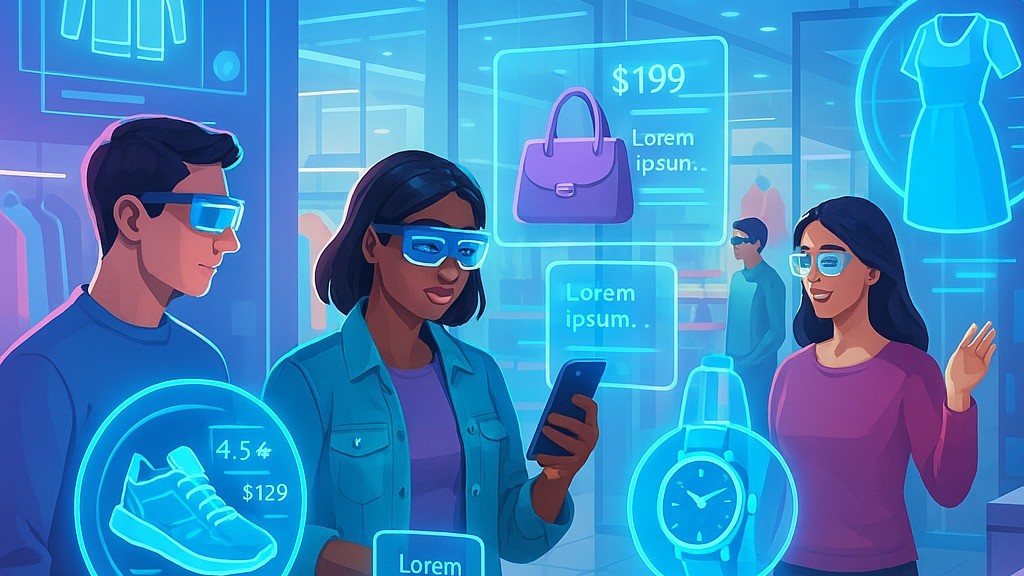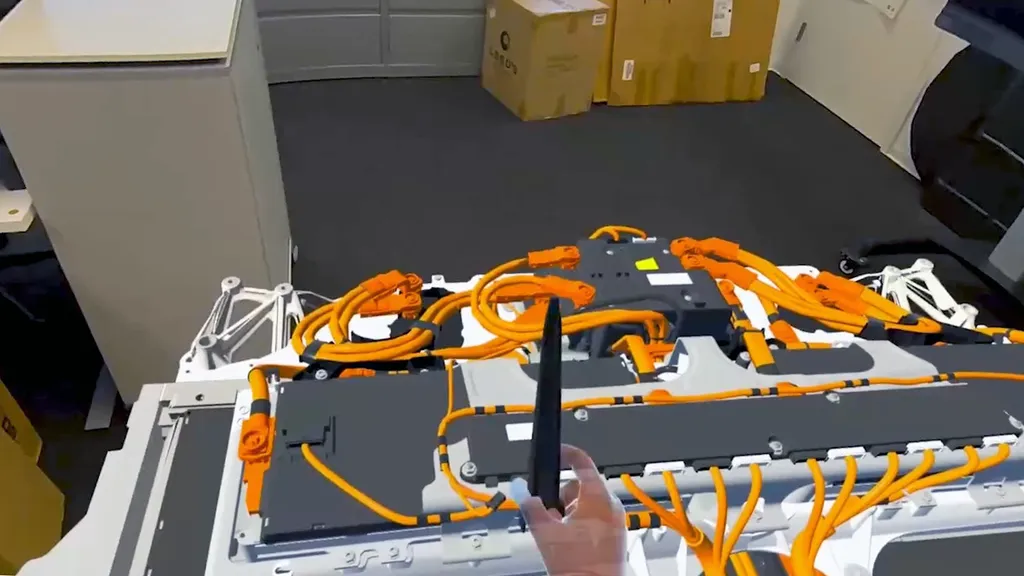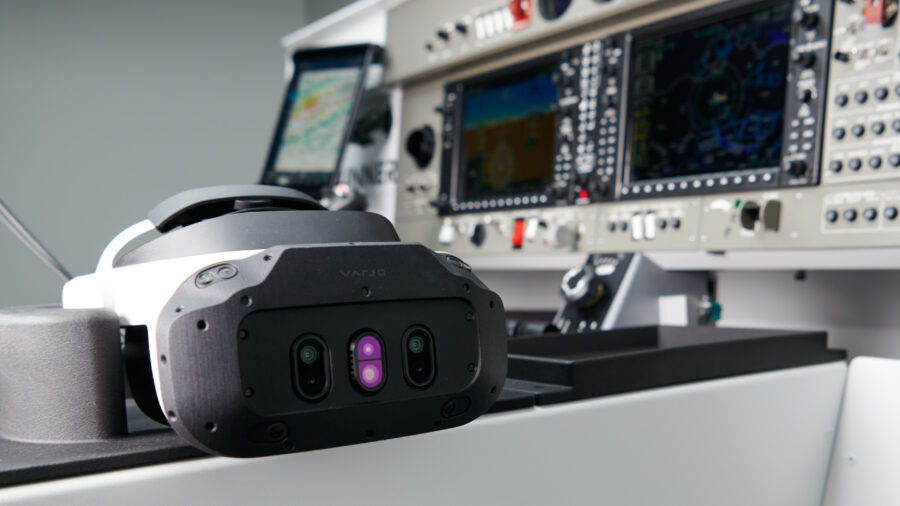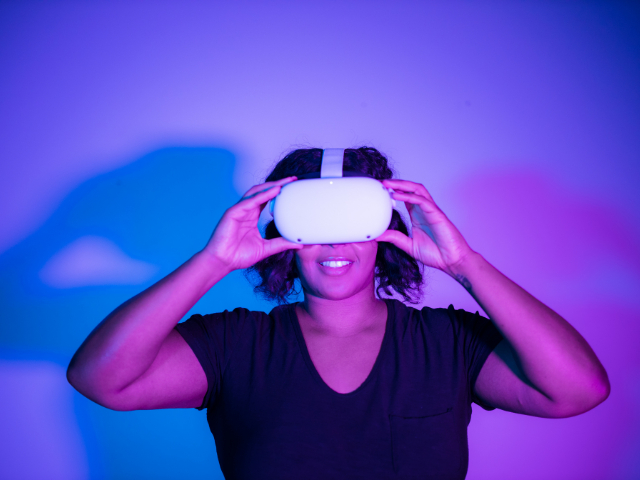Augmented reality (AR) is no longer a futuristic concept, it is actively transforming how people shop and interact with brands. With mobile devices becoming increasingly powerful and AR applications more intuitive, consumers now expect digital experiences that go beyond static images or video. Whether it’s virtually trying on a pair of sneakers, seeing how a new sofa fits in their living room, or customizing a product with live feedback, AR is bridging the gap between online and physical retail in ways that feel personal, seamless and efficient.
Virtual product try-ons that boost buyer confidence
One of the most visible applications of augmented reality in retail is the ability to try products virtually before making a purchase. Fashion brands like Nike and Gucci have enabled users to see how shoes look on their feet in real-time using AR filters, while beauty companies like L’Oréal and Sephora offer similar experiences with makeup and skincare. These tools significantly increase buyer confidence and minimize uncertainty—two of the main reasons customers hesitate to complete a purchase online. With fewer doubts, shoppers make decisions faster and are less likely to return items, leading to tangible operational and financial benefits for retailers.
Enhancing home shopping experiences through 3D visualization
Furniture and home decor retailers have also embraced AR to help customers make better decisions without visiting a showroom. IKEA’s AR app, for example, allows users to superimpose true-to-scale 3D models of furniture in their own space through their smartphone. This gives a much more accurate sense of size, fit and design compatibility than traditional product photos ever could. The result is a more informed buyer who feels in control of the purchase process. By reducing the guesswork, companies not only improve customer satisfaction but also lower logistics costs associated with returns and exchanges.
Real-time customization that increases conversion rates
Another growing use of augmented reality is in real-time product customization. Whether selecting colors, textures or accessories, consumers are more likely to commit when they can see the end result immediately. Brands like Ray-Ban allow users to design their own sunglasses and preview them on their face using AR. This level of personalization not only differentiates the brand experience but also leads to higher engagement and conversion. As manufacturing systems become more flexible and demand-driven, retailers are in a better position to meet consumer expectations for custom products delivered quickly.
Wider access to AR through technological innovation
Advances in AR hardware and software are accelerating adoption across industries. Devices like Meta Quest and Apple Vision Pro are making immersive experiences more mainstream, but it’s the widespread availability of AR through mobile devices that is truly driving impact at scale. With improved camera capabilities and processing power, even mid-range smartphones can now support sophisticated AR experiences. Retailers are increasingly investing in WebAR technologies that don’t require downloading separate apps, lowering barriers to entry and simplifying the user journey.
Augmented reality is reshaping how consumers discover, evaluate and buy products. As brands refine their strategies and AR technology becomes even more accessible, immersive digital experiences will continue to influence purchasing decisions across all categories. For companies willing to invest in innovation, AR offers a powerful path to differentiation and long-term loyalty.
Quelle:
Foto: Imagen generada por Copilot






